Teresa Pągowska's dreamy interpretations of the female form are in London for the first time
‘Shadow Self’ in Thaddaeus Ropac’s 18th-century townhouse gallery in London, presents the first UK solo exhibition of Pągowska’s work
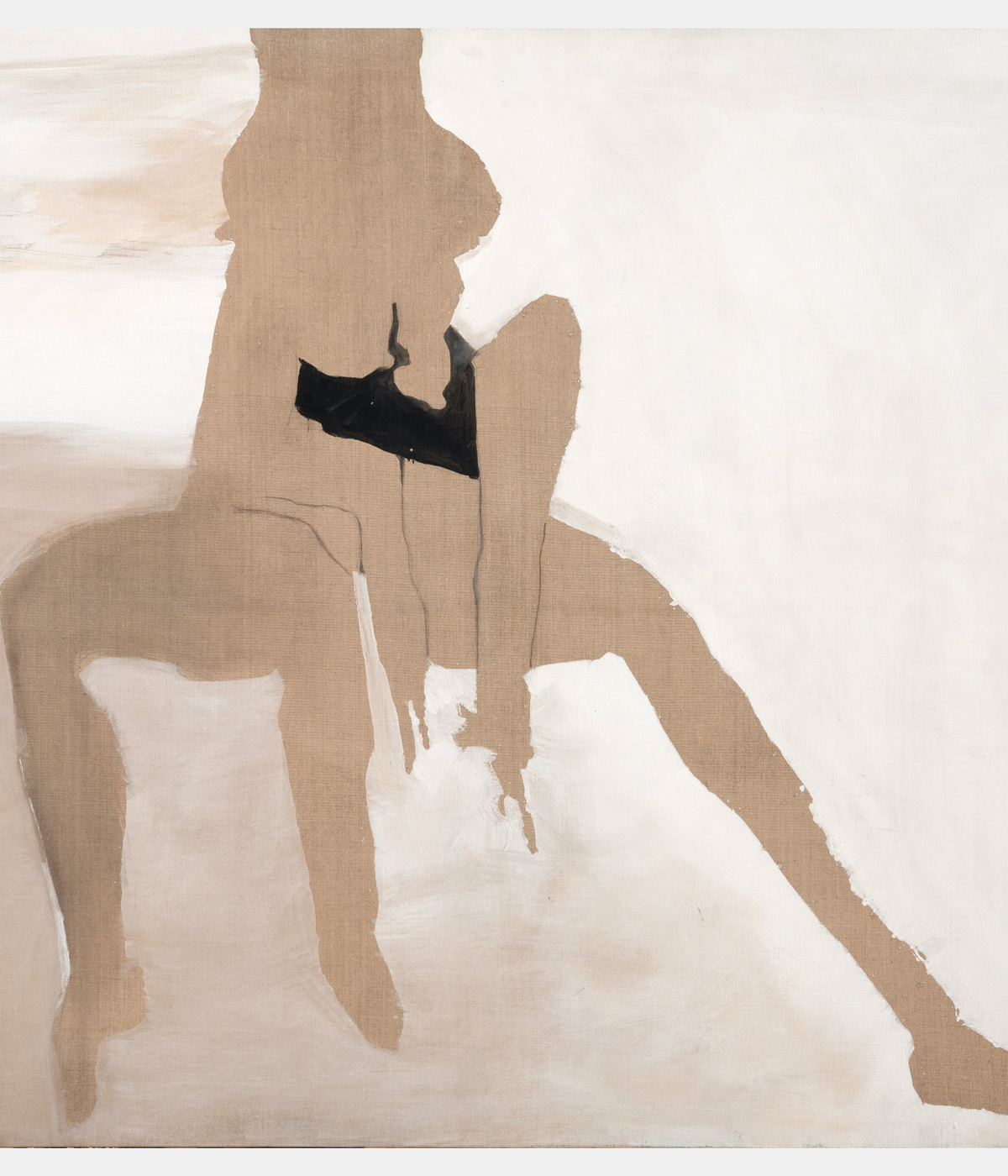
Newspaper cut-outs, collaged works on paper, and oil paintings on unprimed canvases come together in bold interpretations of female form, animals, dreamscapes, and interspecies figures that define the work of Polish artist Teresa Pągowska (1926-2007) .
‘Shadow Self’ in Thaddaeus Ropac’s 18th-century townhouse gallery in London, presents the first UK solo exhibition of Pągowska’s work. The exhibition seeks to introduce Pągowska’s overlooked work to a global audience as curator Oona Doyle explains: 'While Teresa Pągowska is present in Poland and her works are in major institutions, she is not as known internationally in contrast to artists such as Andrzej Wróblewski or Alina Szapocznikow. She deserves proper exposure, and this exhibition will be the rare opportunity to see her works in London.'
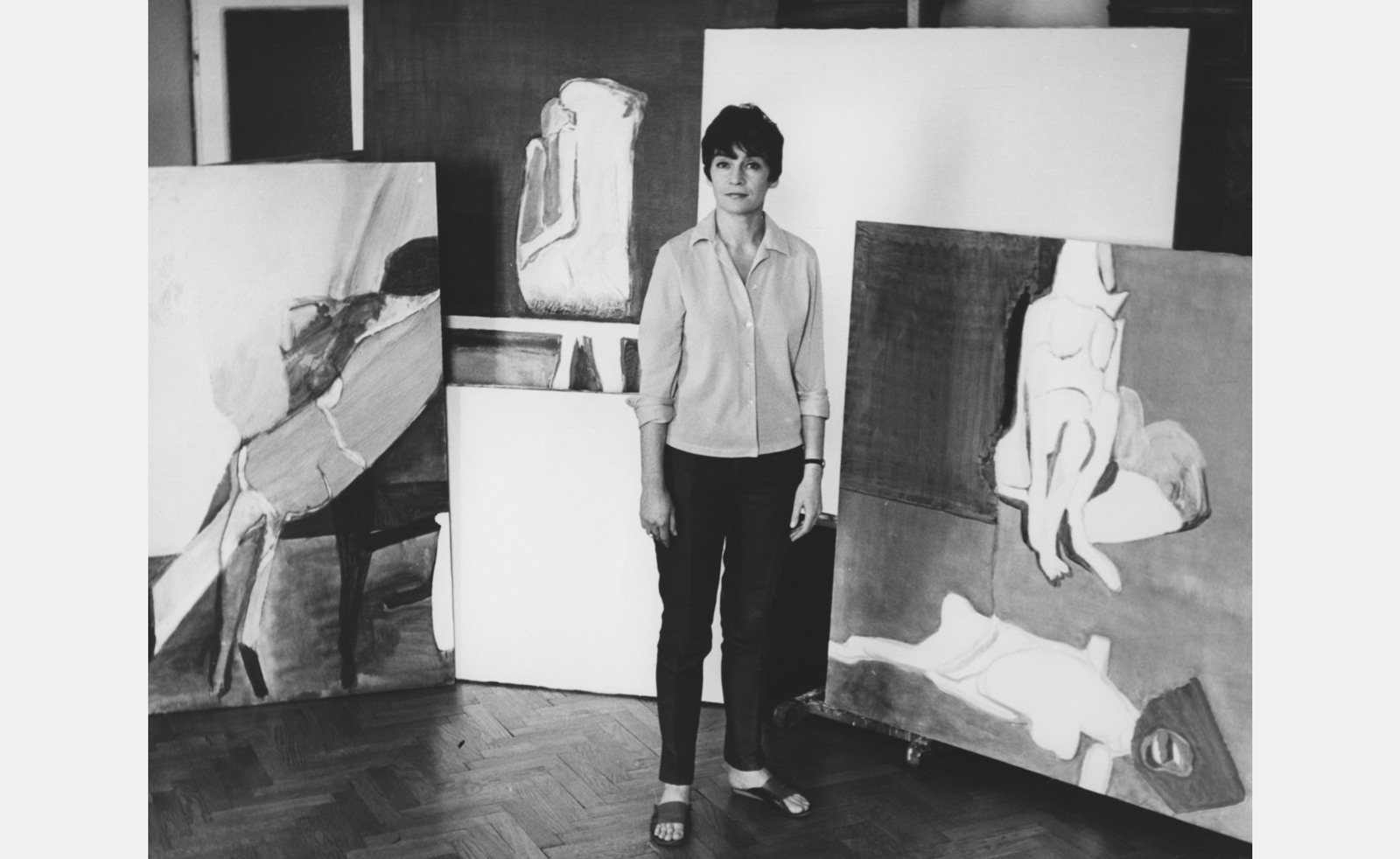
Teresa Pągowska in her studio
Pągowska's approach to the female figure was both sensitive and radical. One striking painting, Untitled (1966) commands attention, with shades of blue, from deep cobalt to soft baby blue, bleeding from background to foreground, delineating a fragmented female figure that sits in the centre of the canvas. Her head appears severed, a haunting symbol of violence and erasure, perhaps a feminist outcry of the battered and fractured experiences of women in postwar Poland. 'The art world was dominated by male artists, and because she worked and lived in Poland, a communist country at the time, that too played a role in limiting her exposure in the West.' Her son Filip Pągowska, who oversees her estate, explains. 'With times changing and the much larger interest in female artists growing, the past injustices are being mitigated.' Filip is also a graphic artist and the man behind the Comme des Garçons logo.
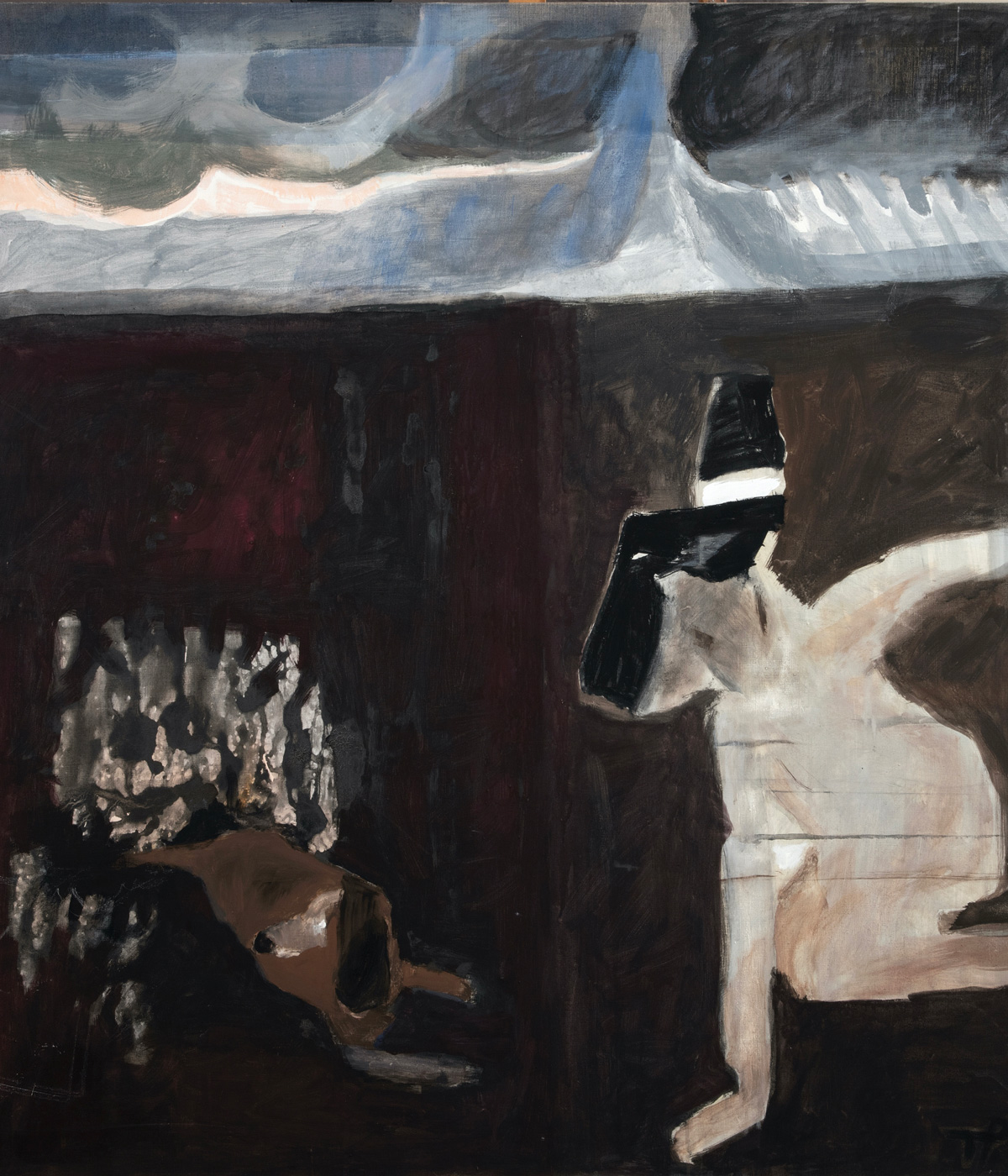
Untitled, 2002/2003
Pągowska's work carries undeniable undercurrents of gender consciousness. Another standout painting in the exhibition, Untitled (1969) is neatly divided by the form of a neon pink crucifix, splitting the green composition into four distinct sections. The severed head motif reappears, this time alongside a fragmented female torso. A single disembodied leg dangles from the top of the canvas, while two limp arms hang from the cross, in a very visceral depiction of dismemberment and sacrifice. 'Every serious artist, consciously or not, develops and then projects some form of personal narration,' Filip explains. 'Teresa’s sensibility has an ability to open and manifest itself in the unexpected, somewhat obscure, provocative, and alluring.'
Pągowska redefined representations of the female figure at a time when not many other artists were resisting traditional narratives with emotional and psychological depth. Her figures sit somewhere between the human and animal, blurring identity and form with a sense of theatricality. ‘Shadow Self’ allows visitors the chance to engage with these forgotten histories and narratives, and to discover new depths within an artist's work who is only today getting recognised for the intimacy and power of her work.
‘Shadow Self’ is at Thaddaeus Ropac London until 2 April
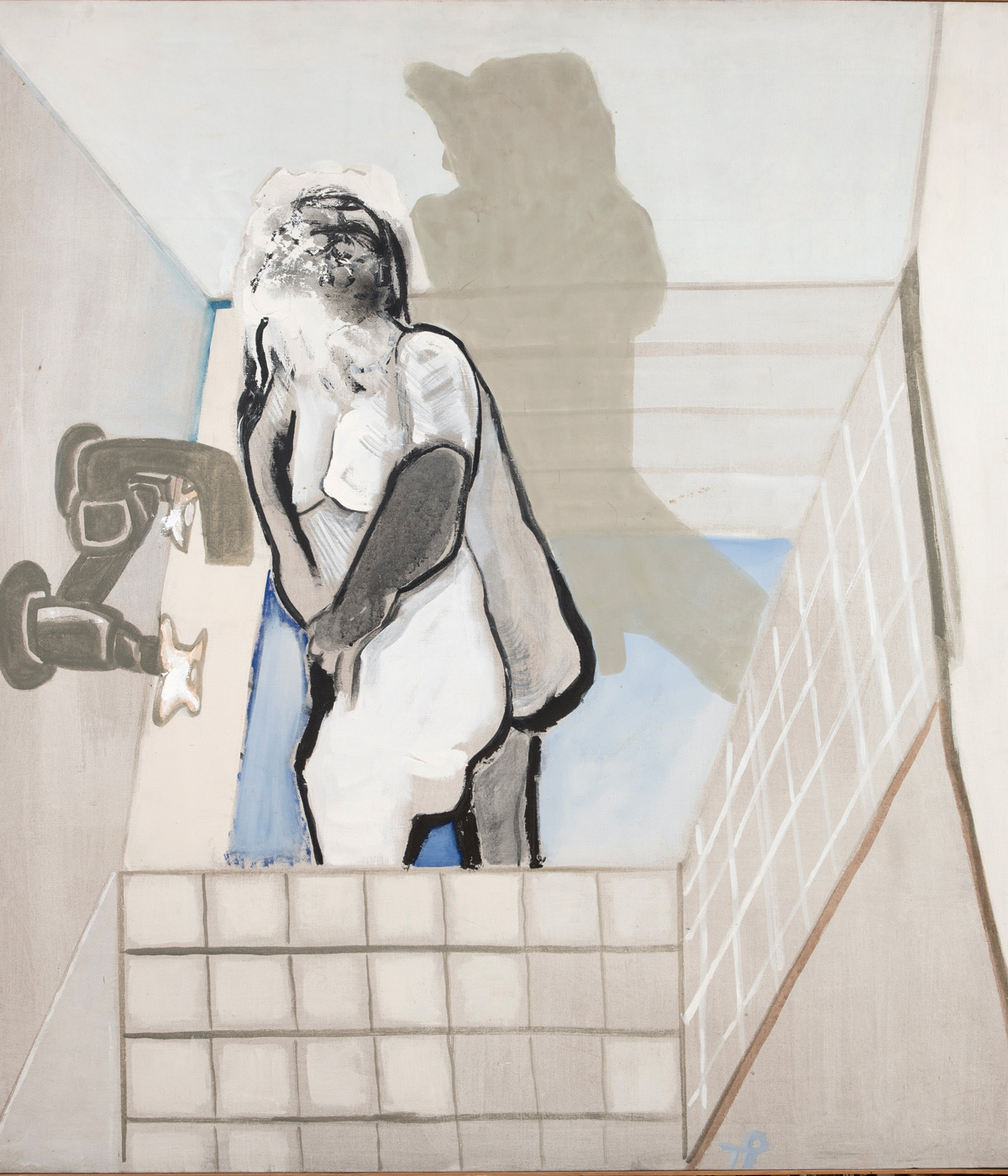
Kąpiel(Bath), 1974
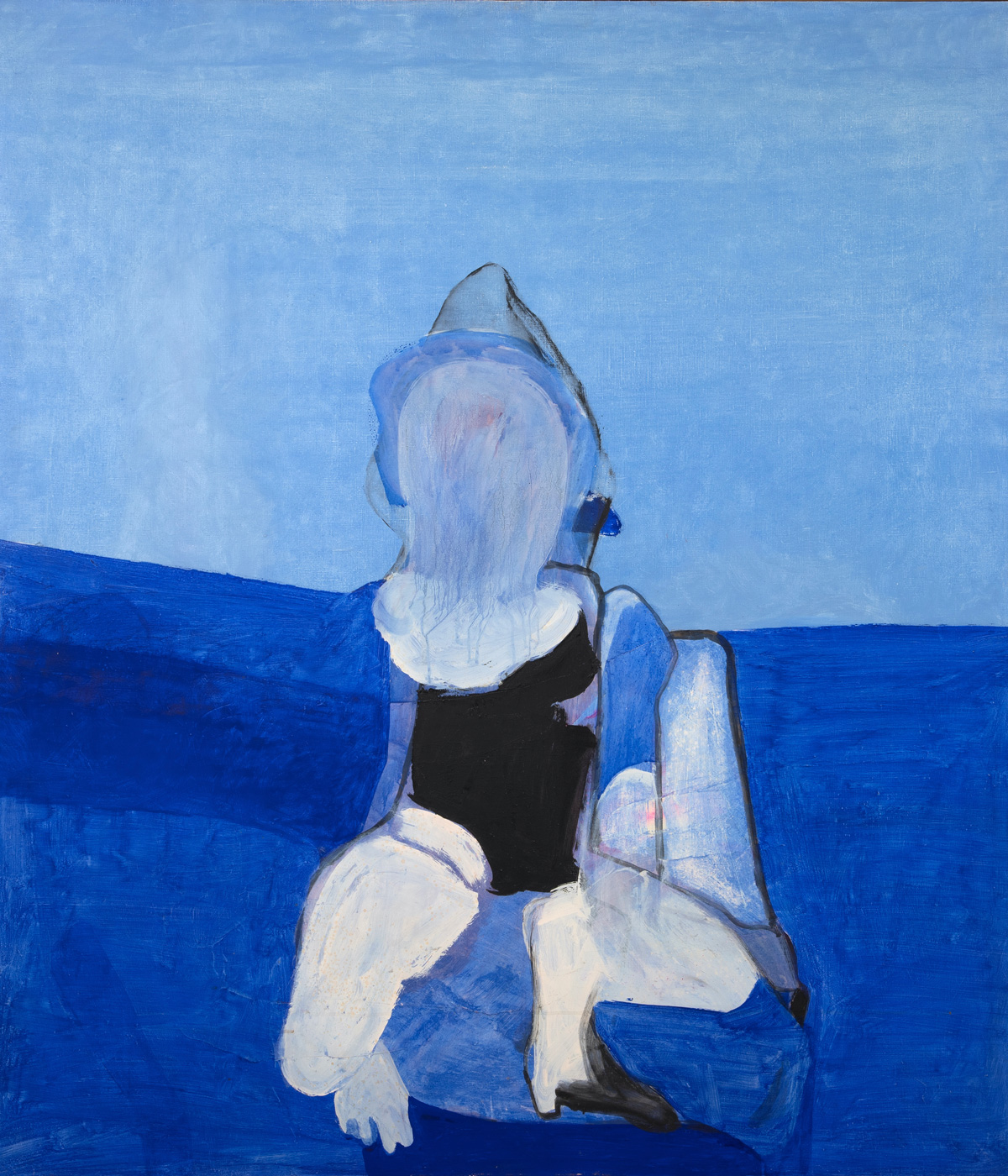
Untitled, 1966
Receive our daily digest of inspiration, escapism and design stories from around the world direct to your inbox.
Sofia Hallström is a Sweden-born artist and culture writer who has contributed to publications including Frieze, AnOther and The Face, among others.
-
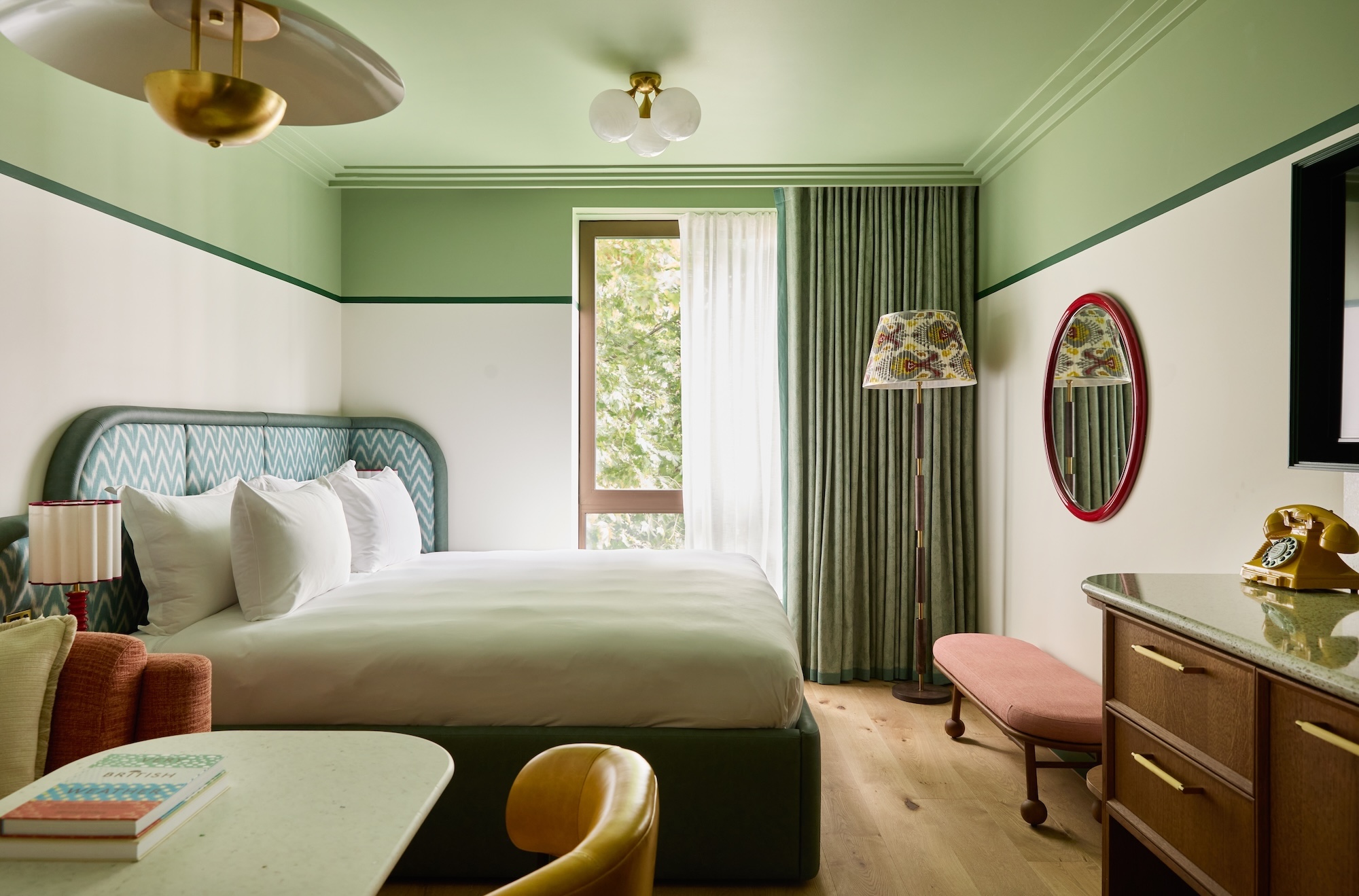 At last: a London hotel that’s great for groups and extended stays
At last: a London hotel that’s great for groups and extended staysThe July London Victoria, a new aparthotel concept just steps away from one of the city's busiest rail stations, is perfect for weekends and long-term visits alike
-
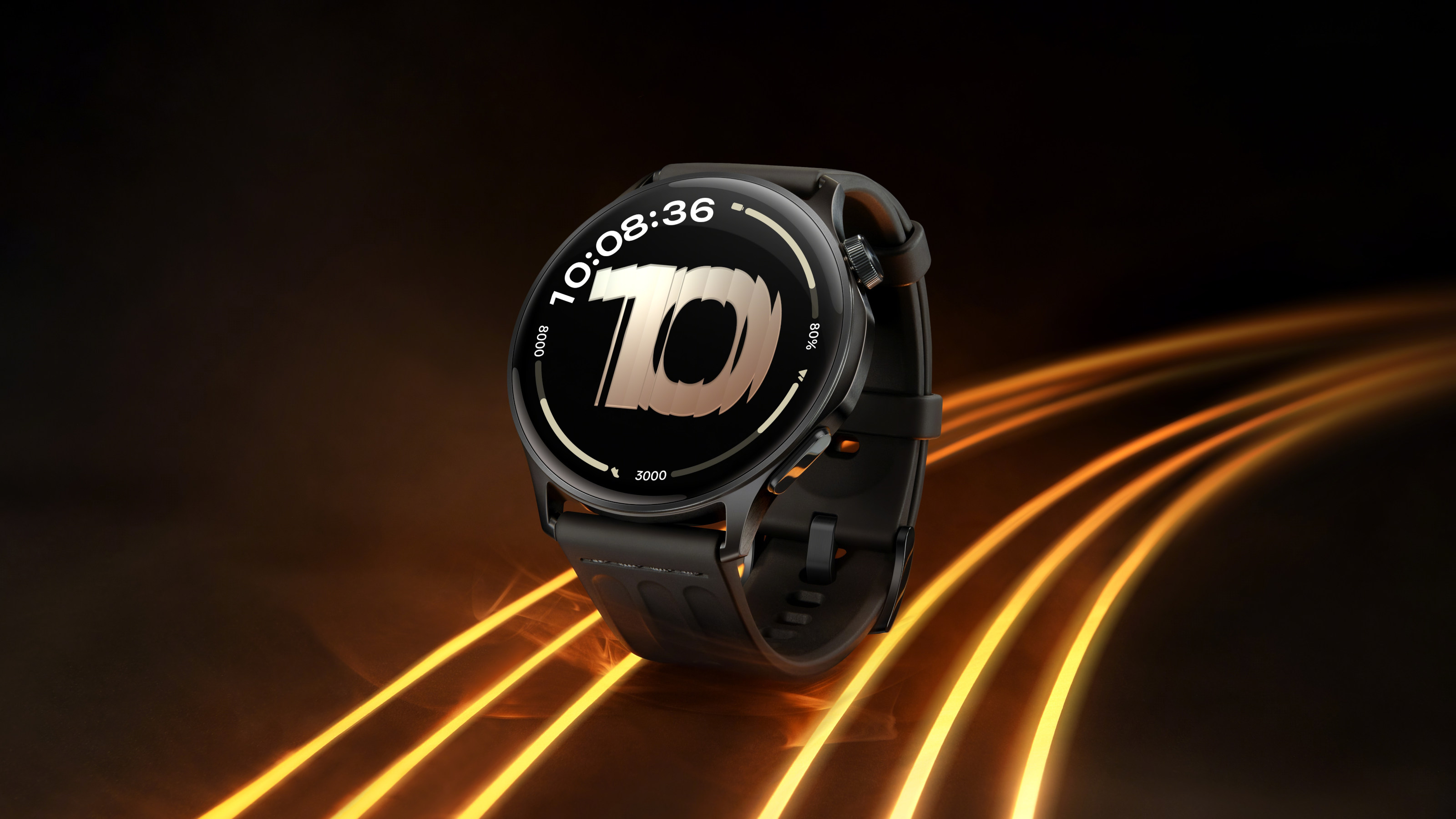 Three new smartwatches showcase new frontiers in affordable timepiece design
Three new smartwatches showcase new frontiers in affordable timepiece designLong may you run: smartwatches from Withit, Kospet and OnePlus favour function and value above all else, demonstrating just how much the smartwatch has evolved in recent years
-
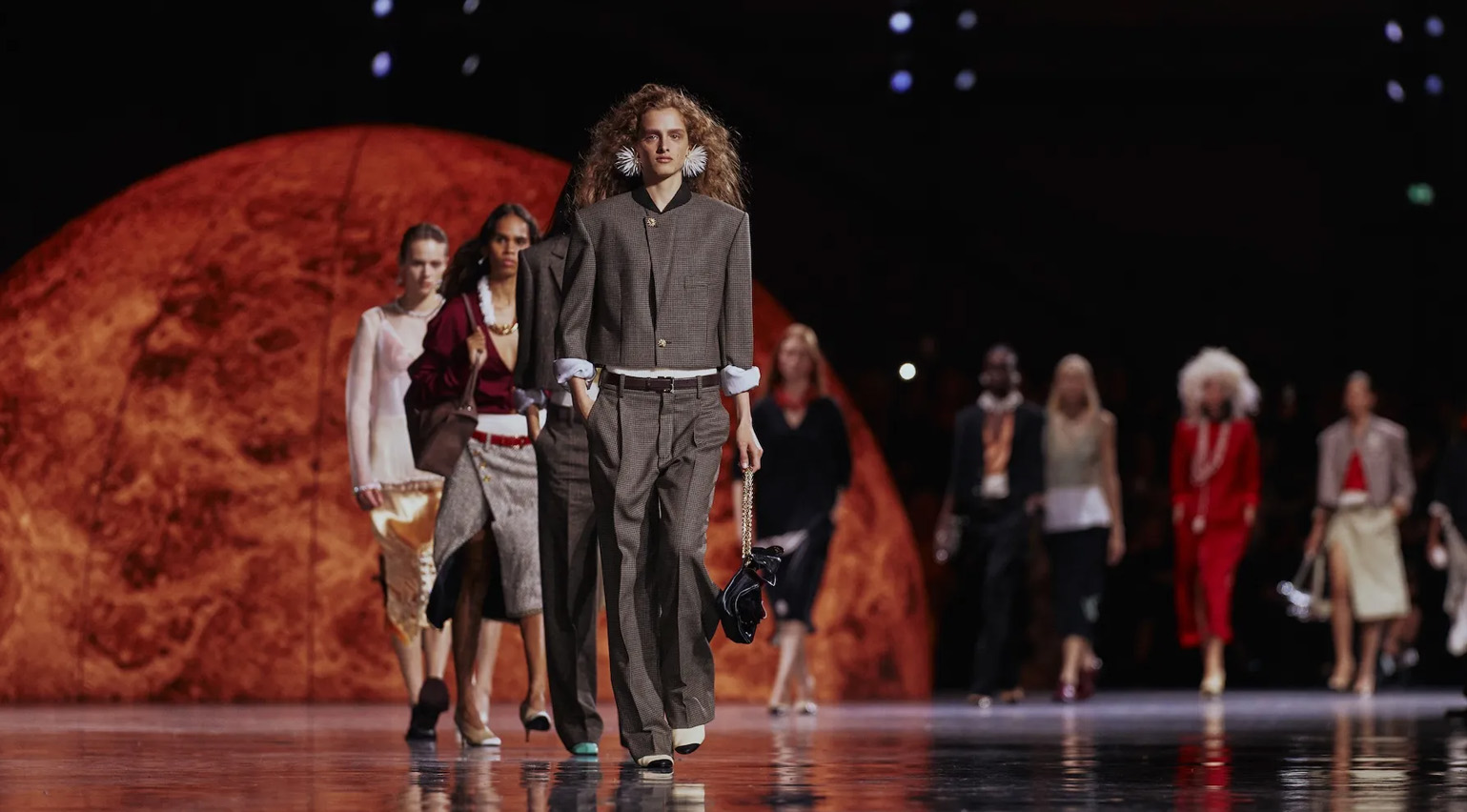 Debuts, dandies, Demi Moore: 25 fashion moments that defined 2025 in style
Debuts, dandies, Demi Moore: 25 fashion moments that defined 2025 in style2025 was a watershed year in fashion. As selected by the Wallpaper* style team, here are the 25 moments that defined the zeitgeist
-
 Out of office: The Wallpaper* editors’ picks of the week
Out of office: The Wallpaper* editors’ picks of the weekFar from slowing down for the festive season, the Wallpaper* team is in full swing, hopping from events to openings this week. Sometimes work can feel like play – and we also had time for some festive cocktails and cinematic releases
-
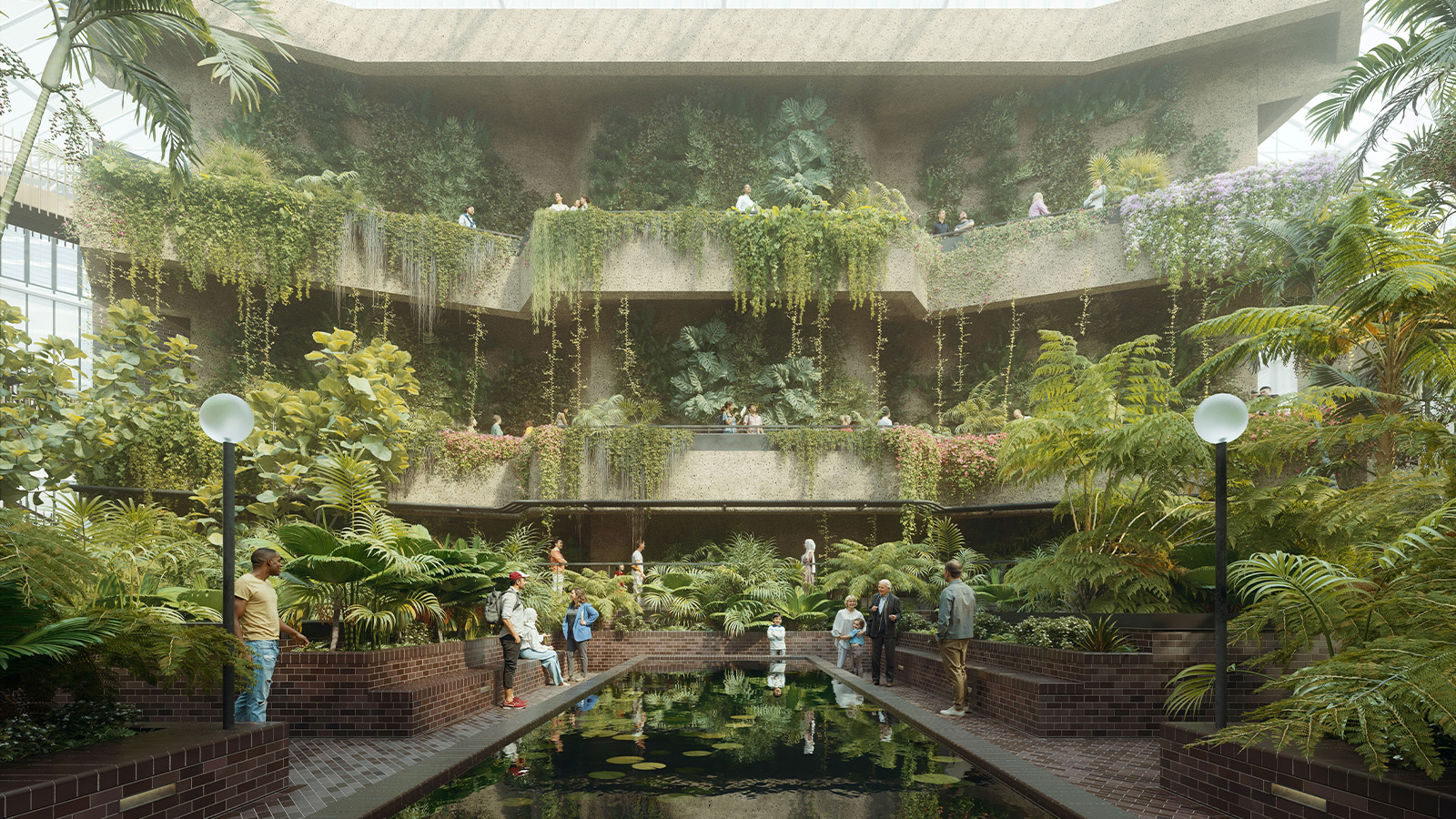 The Barbican is undergoing a huge revamp. Here’s what we know
The Barbican is undergoing a huge revamp. Here’s what we knowThe Barbican Centre is set to close in June 2028 for a year as part of a huge restoration plan to future-proof the brutalist Grade II-listed site
-
 Out of office: The Wallpaper* editors’ picks of the week
Out of office: The Wallpaper* editors’ picks of the weekIt’s wet, windy and wintry and, this week, the Wallpaper* team craved moments of escape. We found it in memories of the Mediterranean, flavours of Mexico, and immersions in the worlds of music and art
-
 Each mundane object tells a story at Pace’s tribute to the everyday
Each mundane object tells a story at Pace’s tribute to the everydayIn a group exhibition, ‘Monument to the Unimportant’, artists give the seemingly insignificant – from discarded clothes to weeds in cracks – a longer look
-
 Out of office: The Wallpaper* editors’ picks of the week
Out of office: The Wallpaper* editors’ picks of the weekThis week, the Wallpaper* team had its finger on the pulse of architecture, interiors and fashion – while also scooping the latest on the Radiohead reunion and London’s buzziest pizza
-
 Out of office: The Wallpaper* editors’ picks of the week
Out of office: The Wallpaper* editors’ picks of the weekIt’s been a week of escapism: daydreams of Ghana sparked by lively local projects, glimpses of Tokyo on nostalgic film rolls, and a charming foray into the heart of Christmas as the festive season kicks off in earnest
-
 Wes Anderson at the Design Museum celebrates an obsessive attention to detail
Wes Anderson at the Design Museum celebrates an obsessive attention to detail‘Wes Anderson: The Archives’ pays tribute to the American film director’s career – expect props and puppets aplenty in this comprehensive London retrospective
-
 Meet Eva Helene Pade, the emerging artist redefining figurative painting
Meet Eva Helene Pade, the emerging artist redefining figurative paintingPade’s dreamlike figures in a crowd are currently on show at Thaddaeus Ropac London; she tells us about her need ‘to capture movements especially’